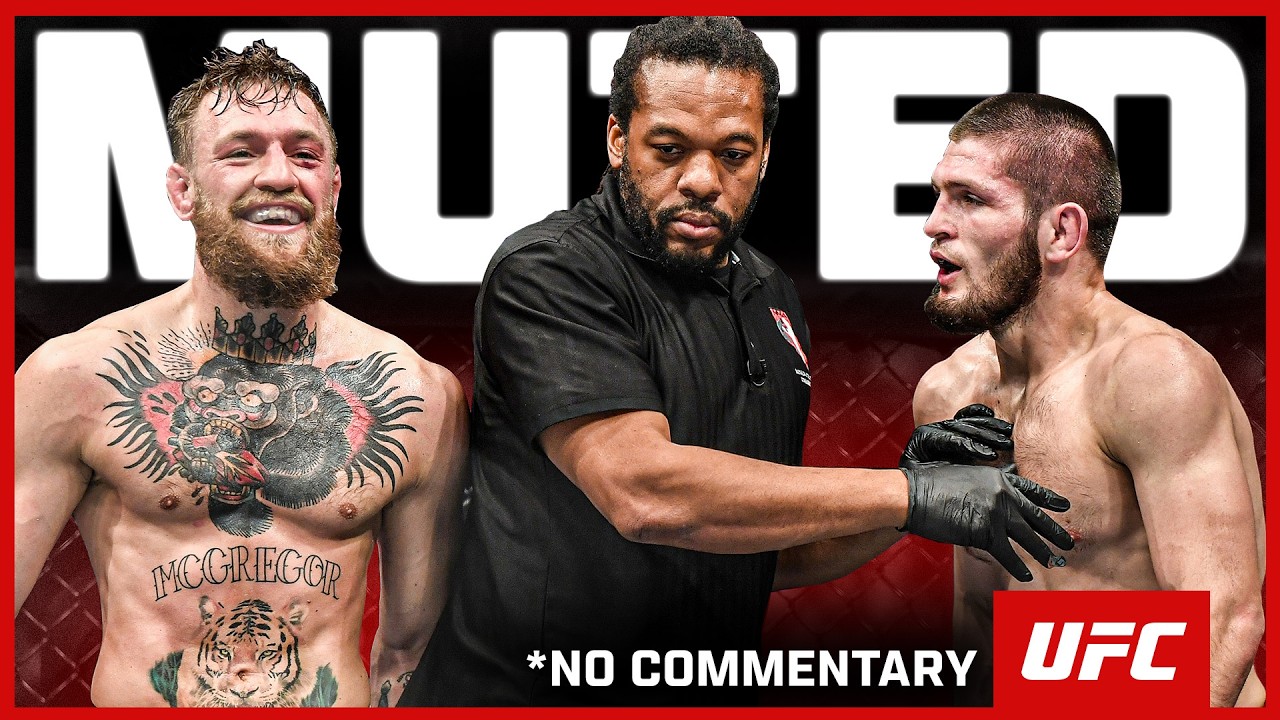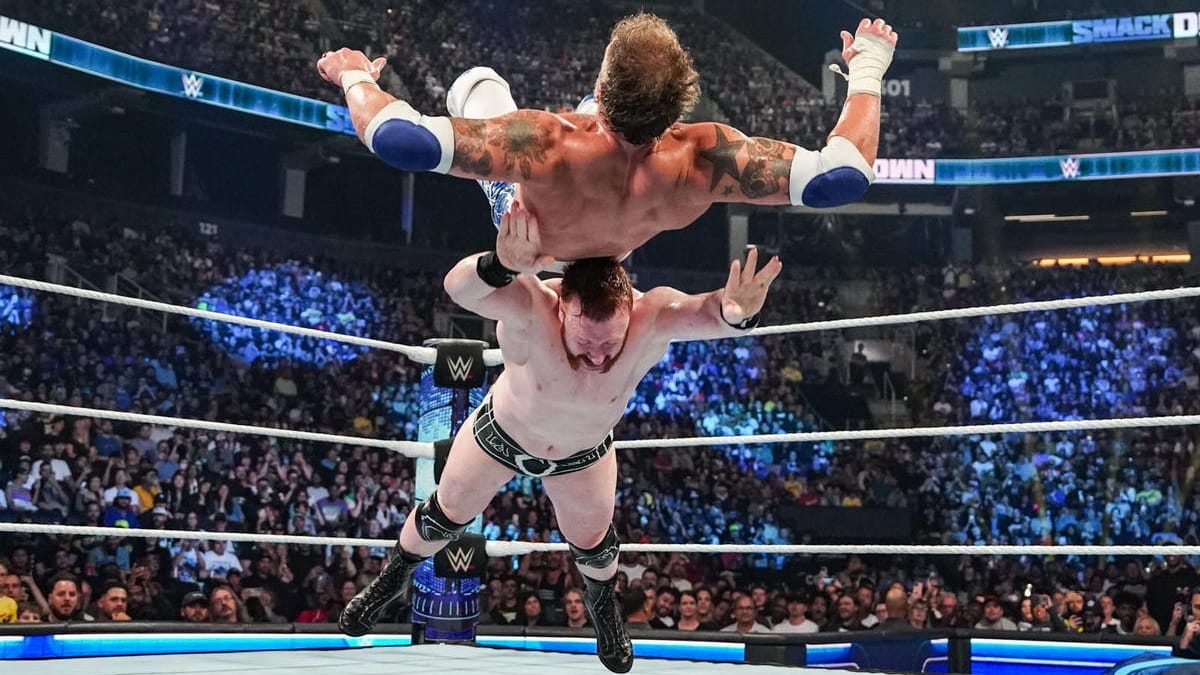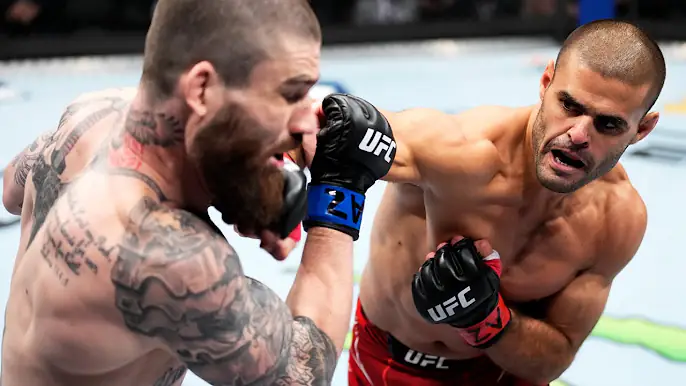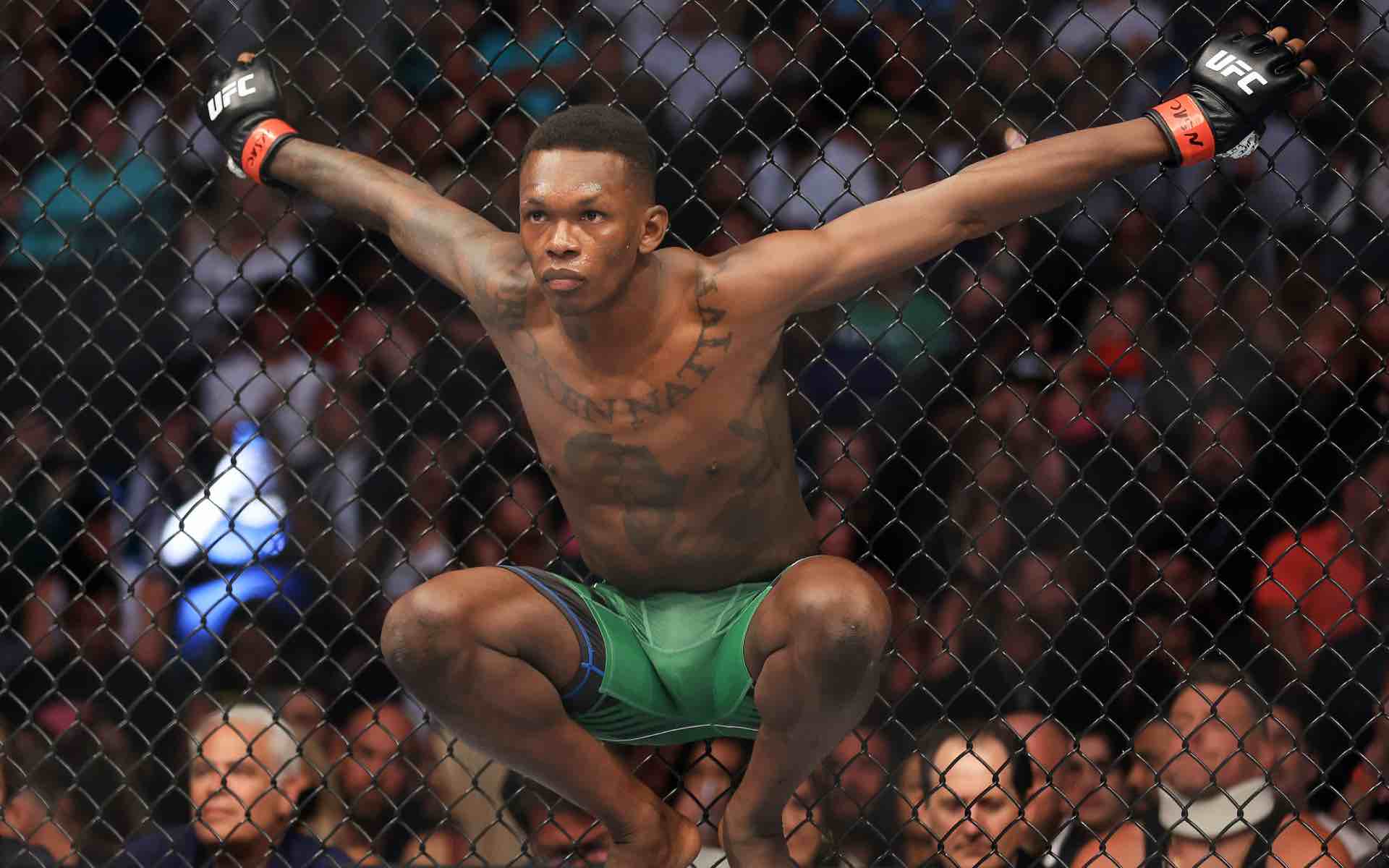The Science of Cutting Weight: How UFC Fighters Do It
Dieting is another paramount and very rigorous process in the preparation of a fighter for the regime of the UFC. This practice entails dropping several kilograms in the shortest time possible to attain the limit of a particular division, and several fighters drop pretensions of weight within the shortest period before the weighing session. It must be noted that weight-cutting is a process that provides fighters with a size and strength advantage that enemies have to face on fight night; however, it is a process that comes with a lot of physical and mental issues. This article looks at the phenomenon of weight cutting in the UFC, the techniques used, the dangers associated with such practices, and ways of achieving the best and most healthy weight loss.
Understanding Weight Classes and the Importance of Weight Cutting
Divisions of the UFC
The UFC is divided into weight classes to avoid a sharp disparity in the physical strength of fighters. Every class has a particular weight allowance that the fighters have to be under, which is normally done a day before a fight in a special weigh-in. The primary weight classes in the UFC are:
Flyweight: Up to 125 lbs.
Bantamweight: Up to 135 lbs.
Featherweight: Up to 145 lbs
Lightweight: Up to 155 lbs.
Welterweight: Up to 170 lbs.
Middleweight: Up to 185 lbs.
Light Heavyweight: Up to 205 lbs
Heavyweight: Up to 265 lbs.
The Benefits of Weight Cutting
The most significant factor that makes fighters go for weight loss is to fight in a division below their normal body weight, which in turn presents the fighter with a size and power advantage over the opponent. Weight trimming enables a fighter to step into the ring at the weight of the lower class but gain his normal weight and build up strength by the time of the fight. This practice can mean the fighter comes into the Octagon well over the weight listed on the official weigh-in, in theory giving him an advantage.
Understanding the basics of weight-cutting
This type of training influences body composition and weight loss.
Weight loss mainly entails losing muscle mass as well as fat mass in the body of an athlete who is trimming down for a bout. However, the kind of weight loss that is applied for cutting usually implies the loss of a relatively large amount of water. Understanding body composition is crucial in this process.Understanding body composition is crucial in this process.
Fat mass: body fat that involves energy reserves.
Lean mass: muscles, bones, organs, and other structural and functional tissues other than fat.
Water weight is the substance that is in and between cellular structures.
In weight cutting, the fighters are mainly concerned with reducing their weight, and because water is easily lost through methods such as dehydration, it is the most targeted substance to be shed during this process. Nevertheless, this process should be monitored to prevent patients from reaching critical levels of dehydration and related complications.
Caloric Deficit and Diet
Another element of weight-cutting is the process of the fighter consuming fewer calories than the body requires to sustain a specific weight class. This deficit makes the body use stored energy, which therefore leads to weight loss. Contenders are usually expected to go on very rigid and low-calorie diets during their training camps in order to systematically strip off the fat. These diets are usually characterized by high levels of protein, which are required to build muscles, and low levels of carbohydrates and fats to reduce calorie intake.
Methods of Cutting Weight
Slow-Weight Training Regime During Camp
The process of reducing their weight usually takes place before the week of the fight. The fighters intend to gradually reduce their weight during the training camp; they follow the program of the caloric deficit and the increase in the level of physical activity. Unlike the bulk cycle, this period emphasizes the reduction of fat while at the same time seeking to increase muscle mass through the training and feeding schedule of the individual.
Water loading and dehydration
One of the most common methods for cutting weight rapidly is water loading, followed by dehydration.
Water Loading: They drink up to two gallons of water in the week leading to the weigh-in, especially in the last week. This practice raises the urine volume and decreases the fluid volume in the body.
Carbohydrate Restriction: Carbohydrates are restricted due to the fact that they hold water; thus, fighters do not undertake heavy carbohydrate consumption. From the food groups, the major benefit of the low-carb diets is that they reduce water weight.
Sodium Restriction: Sodium has the ability to increase water retention in the body. Sodium intake should be reduced so that fighters can easily let go of the water that is retained in their bodies.
Dehydration: The last thing any fighter wants is to step on the scales overweight, so in the last one or two days before the weigh-in, fighters drastically reduce the amount of water they consume and employ such techniques as sweating, sauna, hot bathing, and wearing sweatsuits to eliminate as much water from their system as possible.
Sweating and heat exposure
The fighters utilize the sweating process to help them lose excess water weight in the shortest possible time. Common methods include:
Sauna Sessions: When sitting in a sauna, the body heat rises, and the sweat that is produced dries up very fast; thus, a person loses body water at a very fast rate.
Hot Baths: Bathing in hot water also has the effect of promoting sweating, thus aiding in the shedding of the water weight.
Sweatsuits and Exercise: For light exercises or cardio, put on sweatsuits to ensure that one sweats.
Diuretics and other supplements
Some fighters may ingest diuretics, which are substances that promote urine production, in order to attempt weight loss. However, it is important to know that diuretics are prohibited by most of the sport associations, including the UFC, because they have health implications and are performance-enhancing agents. In turn, fighters may consume natural diuretic foods such as asparagus, dandelion root, and caffeine to achieve similar results.
The Related Hazards and Health Consequences of Weight Reduction
Dehydration and its Consequences
Weight-cutting’s biggest danger is extreme dehydration. It can lead to a host of health issues, including:
Electrolyte Imbalance: Especially, the loss of sodium, potassium, and other essential electrolytes can cause various problems as it affects normal functions in the muscles and leads to cramping, weakness, and problems in the heart.
Decreased Cognitive Function: It effects the brain and cognition, causing such things as poor concentration, coordination, and decreased response time, all of which are essential for a fighter.
Kidney Damage: Chronic or frequent dehydration leads to acute kidney injury as well as chronic renal disease.
Heat Stroke: When an individual is exposed to heat and has reached a state of extreme thirst, this becomes dangerous and may cause heat stroke, which is fatal.
Impaired Performance
Competitors predominantly employ weight-cutting in an attempt to get an advantage over their opponents in the ring, on the track, or on the field; however, the process is counterproductive in the following circumstances: Fighters who cut too much weight or do so improperly may experience:
Reduced Strength and Endurance: If a person is dehydrated or not consuming enough nutritious food, then there will be less strength in their muscles and low endurance.
Slower Recovery: It takes time to rehydrate and recover, and if they do not, then they may underperform.
Increased Risk of Injury: Muscles and joints without proper hydration can easily get strained, torn, or sprained in one way or another.
Long-Term Health Effects
Repeated weight-cutting over a fighter’s career can have long-term health implications, including:
Chronic Dehydration: Prolonged dehydration of the body is not healthy, and thus, it is constantly forcing the body into extreme dehydration that leads to chronic health problems.
Hormonal Imbalances: Sudden alteration in diet and water intake has consequences on the endocrine system, thus metabolism.
Mental Health: Hence, the pressure that comes with the cutting process affects the mental health of the fighter and may cause anxiety and depression, among others.
Safe and Effective Weight Loss and Gain: The Right Plan
Professional Guidance
Boosters for fighters frequently seek the help of professionals, including dietitians, nutritionists, and sports scientists, in order to perform efficient weight-cutting. These experts submit programs that are unique to the fighter’s body, and this is helpful since it only concerns the strategies that will enable the fighter to shed off the excess weight in a healthy manner.
Hydration Strategies
A fighter’s performance and well-being depend on the correct rehydration level. Strategies include:
Gradual Rehydration: Boxers are very cautious with the fluids they take after weighing them before the fight; they do not gulp down water at once.
Electrolyte Solutions: Having those drinks replenishes the depleted minerals in the body that are affected by dehydration.
Balanced Nutrition: Consuming carbohydrates, proteins, and fats in moderation and taking time to eat well-balanced meals is also recommended to replenish glycogen supplies in the body and maintain energy throughout the day.
Alternative weight management approaches
However, there are some fighters and coaches who have called for a better approach to weight management that will entail sustained weight loss and eliminating the extreme cutting methods as witnessed today. This method includes:
Year-Round Conditioning: This helps in avoiding having to drastically cut one’s eating habits at some point in the year since one has been conscious of their weight all along.
Optimal Training and Nutrition: The addition of an appropriate diet and training schedule that corresponds to the fighter’s natural weight division.
Weight Class Consideration: Selecting a weight division in proximity to the fighter’s natural weight so that there is little need to lose a significant amount of weight.
Weight cutting, as one of the essential components of a fighter’s preparations for an MMA bout, is a rather intricate process that takes time, effort, and expertise to accomplish. Indeed, the practice can give a competitive advantage but is associated with many risks and difficulties. Knowledge of the techniques, possible health risks, and ways of losing weight safely is essential for fighters aspiring to become champions with healthy bodies.
It is or can be seen that as the sport of MMA progresses with time, so do the methods used in weight cutting. As fans become more informed on the risks and as science and technology continue to improve the conditions of athletes in combat sports, the future might hold less harm to fighters, and their longevity will be valued more. The objective is to achieve a balance between the significant level of competition in all weight categories and fighters’ health to be ready for the next level for many years.


















